ALSO IN THE NEWS

Ethiopia: a proposal for ending violence
An Effective National Strategy
to Combat Ethnic Tensions in Ethiopia
By Arlene J. Schar and Dr. David Leffler
Sunatimes.com -While the ongoing Tigray conflict continues to be fueled by high ethnic tensions, there is available an ideal method to calm tensions, end the prolonged violence, and prevent future conflicts. It is a brain-based technology called Invincible Defense Technology (IDT) which incorporates practices of non-religious Transcendental Meditation® (TM®)to quell violence and bring about peace. This unconventional yet highly effective and scientically-verified non-violent approach prevents tensions from arising before they result in conflict, war and terrorism.
While at one time meditation was considered mystical, TM is now routinely prescribed by doctors to reduce stress and improve health. There are hundreds of research studies confirming real benefits for individuals, including better energy, learning ability, job productivity, and happier relationships.
When large groups of trained practitioners practice the advanced TM techniques together twice a day, a powerful "field effect” of coherence and peace ripples throughout the consciousness of the surrounding population. The bigger the group the bigger the effect. The outcomes, confirmed repeatedly by extensive scientific research, are consistent and measurable decreases in conflict, war deaths, terrorism, and crime.
This surprising effect was demonstrated over a two-month period in the summer of 1993, in Washington D.C., where 4,000 meditators gathered for an experiment to lower crime in America’s capital. The result, as documented by an independent board of criminologists, was a 25 percent reduction in criminal violence. (Reference: Social Indicators Research, 1999, 47: 153-201).
In 1983-84, at the peak of fighting in the Lebanon war, up to 8,000 meditators gathered at different times in Israel, Lebanon, Europe, and the United States. The documented effects of these assemblies included increased cooperation between the warring parties (66 percent) and a decrease of hostilities (70 percent). The odds of these results occurring by chance or any explanation other than the meditation were calculated at one in ten million trillion! (Reference: Journal of Conflict Resolution, 1988, 32: 776-812, and 1990, 34: 756-768).
Similarly, large TM groups in Manila, New Delhi, and Puerto Rico have generated significant declines in violent crimes. Alternative explanations could not account for these results. (Reference: Journal of Mind and Behavior, 1987, 8: 67-104).
For a minimal investment of time, manpower, and resources, Ethiopia’s security forces could train and maintain a small group of 150 experts in the IDT strategy. Acting as a "prevention brigade”, this group of TM experts would meditate twice a dayevery day and thereby defuse the deeply-rooted regional stresses and hatreds that are the causes of conflict. Research indicates that once an IDT program becomes operational in Ethiopia, societal conditions in Ethiopia and beyond would rapidly improve. For as long as the peace-creating group is sustained, the collective coherence throughout their society would rise through the influences of greater harmony and peace. Better solutions will occur to the people and their leaders for improving their own living conditions. Violence will subside when high tensions are dissipated, bringing about an era of appreciation for differences of culture, religion and race. Once people are less stressed they will accept and celebrate each other rather than view differences with fear and hate.
IDT is not restricted to security forces; any large groups practicing IDT techniques can accomplish this goal: citizens from schoolchildren to retirees could be enlisted. IDT’s coherence-creating effect has also been documented on a global scale in a study published in the Journal of Offender Rehabilitation. When large assemblies of civilian IDT experts gathered during the years 1983-1985, terrorism-related casualties decreased 72%, international conflict decreased 32%, and overall violence was reduced in nations without intrusion by other governments. A study published in May 2019 in Studies in Asian Social Science found that IDT implementation by students trained in advanced TM techniques resulted in a 96% decline in sociopolitical violence in war-torn Cambodia as compared to violence in the preceding three years.
While this approach may seem too simple to be true, sometimes the simplest approach is the most effective. We recommend the following books: An Antidote to Violence: Evaluating the Evidence, by Barry Spivack and Patricia Anne Saunders, and The Coherence Effect by Robert Keith Wallace, Jay Marcus, and Christopher Clark. These new books detail in depth the extensive supporting scientific research for utilizing TM to dispel violence and to alleviate PTSD and other stress-related problems.
The Global Union of Scientists for Peace (GUSP) (https://www.gusp.org) is a global group of eminent scientists and leaders dedicated to support alternative, peaceful means of conflict resolution. Members of GUSP have endorsed the IDT approach, including Yukio Hatoyama, former prime minister of Japan; former president of Mozambique Joachim Chissano (who applied IDT programs to end that nation’s civil war); Lt. General (Ret.) Vasyl Krutov, former chief of the Ukraine Anti-Terrorism Center; retired Ecuadorian Lt. General José Villamil (who also applied IDT to end conflict between Ecuador and Peru).
Given the countless efforts previously tried by Ethiopia that have been unsuccessful, now is theoptimum time to utilize this scientifically-validated method. IDT is simple and inexpensive, with a documented record of success: a cutting-edge brain-based technology that could potentially maximize the safety and security of Ethiopia’s people and curb the the unrest and bloodshed. Here is an opportunity for Ethiopia to become a global leader in peace-building, so needed by this troubled world.
IDT is a proactive defense paradigm, ready to be implemented. Ethiopia’s leaders have no time to lose; they would be wise to adopt this effective solution (while engaging appropriate Covid safety distancing protocols) before is too late. If wars start in the minds of men, then peace logically starts there as well.
About the Authors:
Arlene J. Schar has served as Dr. Leffler’s Executive Assistant at the Center for Advanced Military Science (CAMS) StrongMilitary.org since 2015. She has co-authored and edited many of Dr. Leffler’s articles.
Dr. David Leffler served as an Associate of the Proteus Management Group at the Center for Strategic Leadership, US Army War College. Currently, he serves as the Executive Director at CAMS.
Selected Sources:
Social Indicators Research, 1999, 47: 153-201
Journal of Crime and Justice, 4, 25–45
SAGE Open, 6(2), 1-16
Leave a comment
| Copyright © 2009 - 2025 Sunatimes News Agency All Rights Reserved. |
| Home | About Us | Diinta | Reports | Latest News | Featured Items | Articles | Suna Radio | Suna TV | Contact Us |
 0
0 
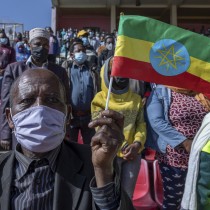


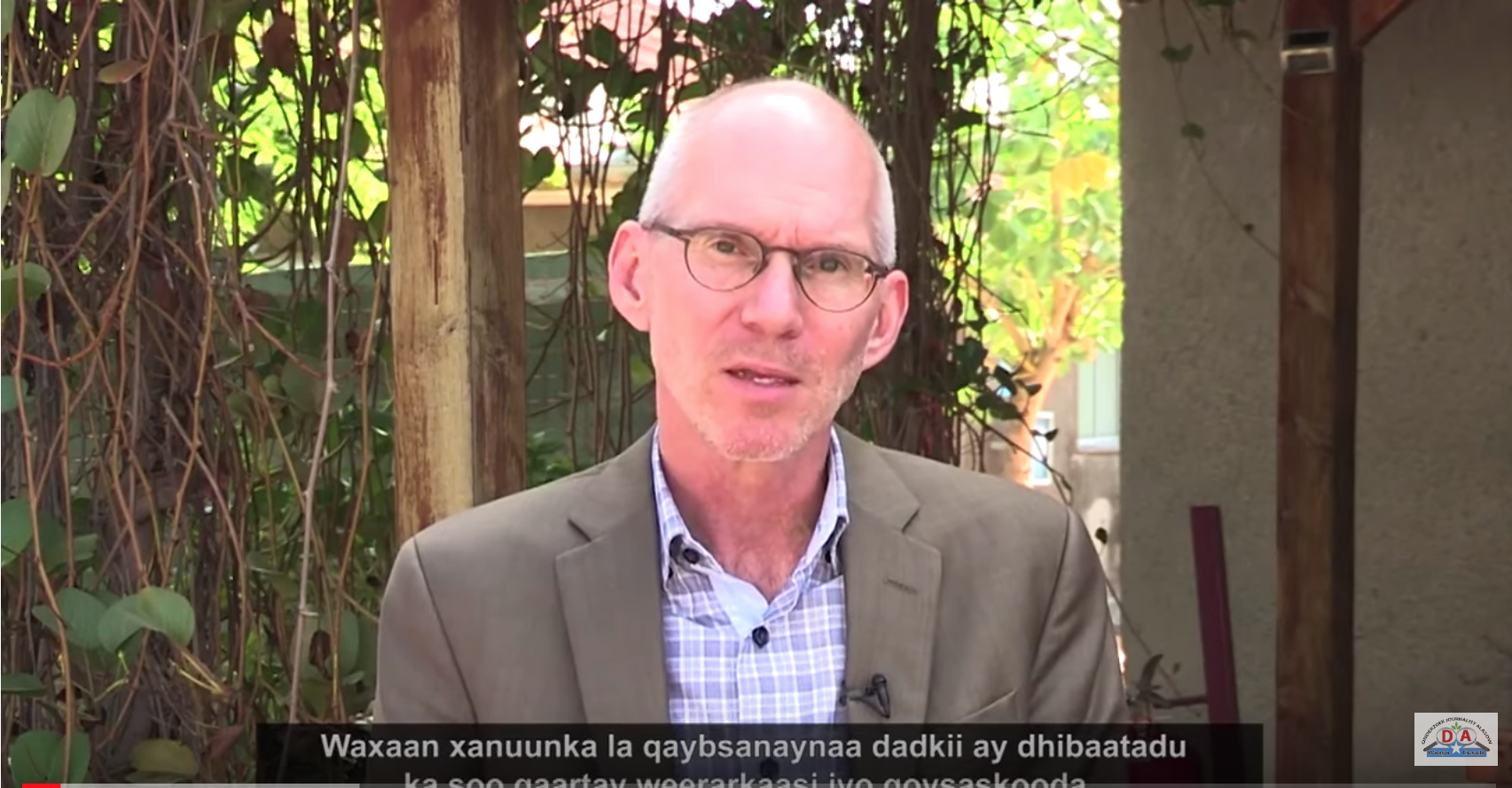
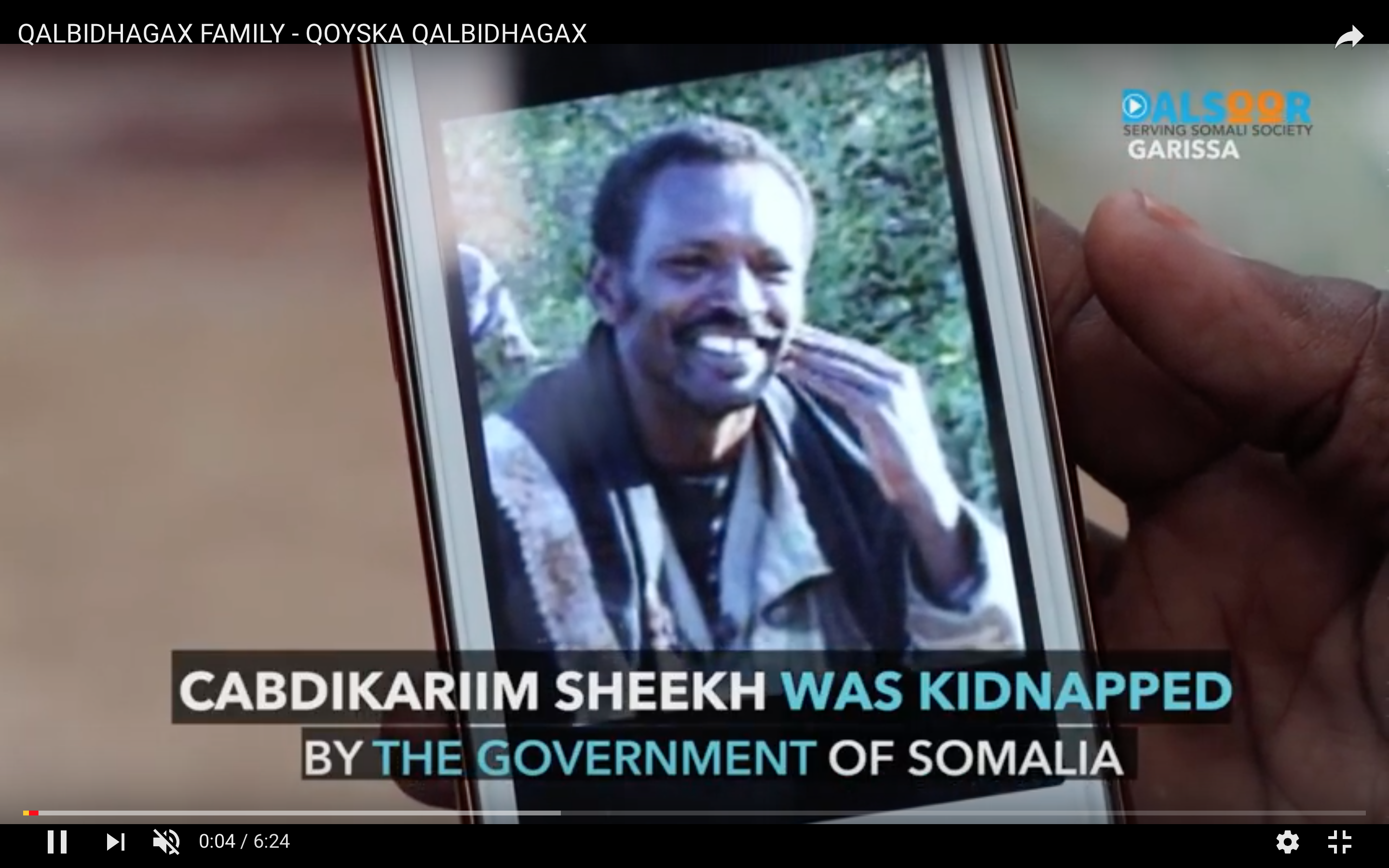
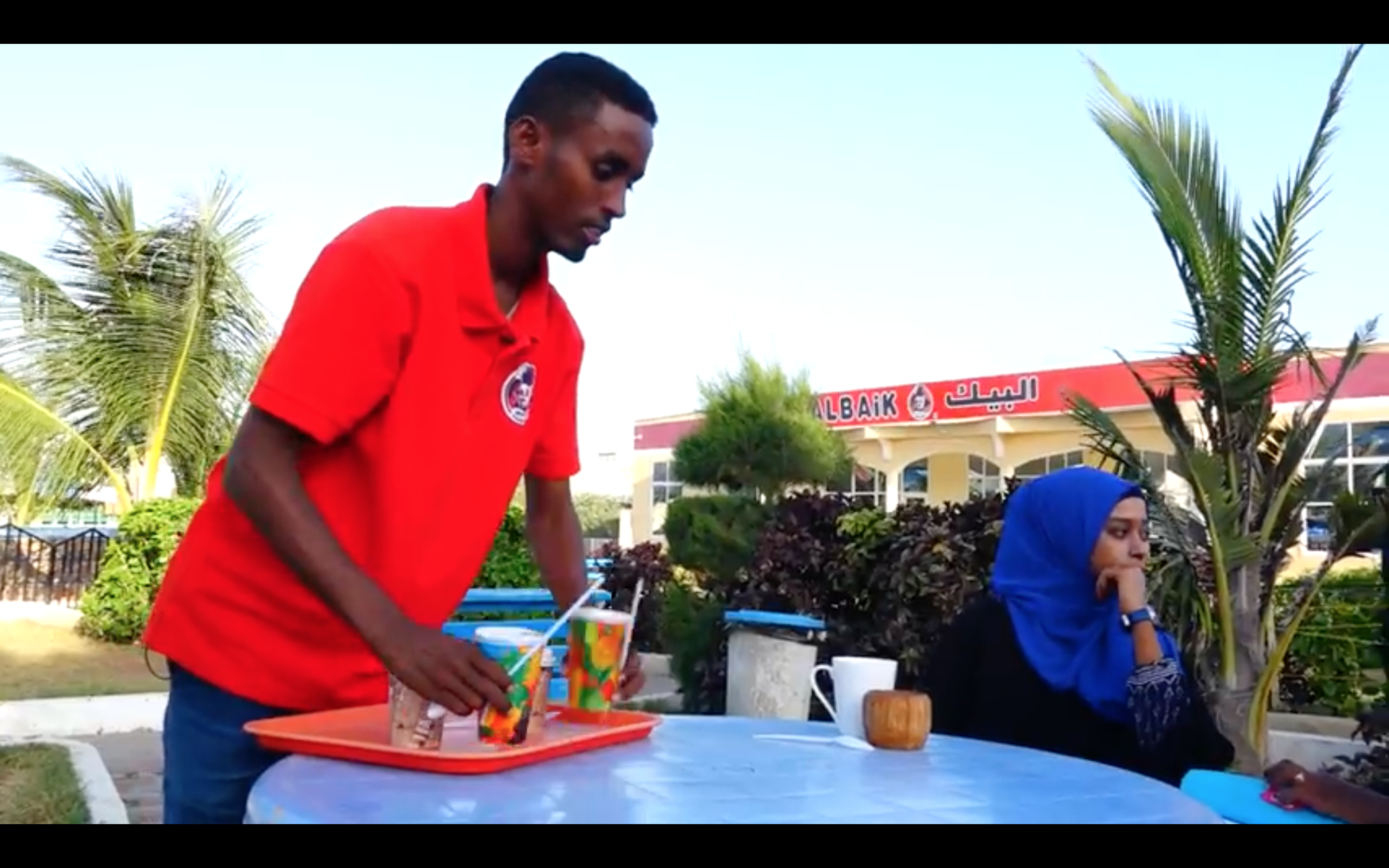
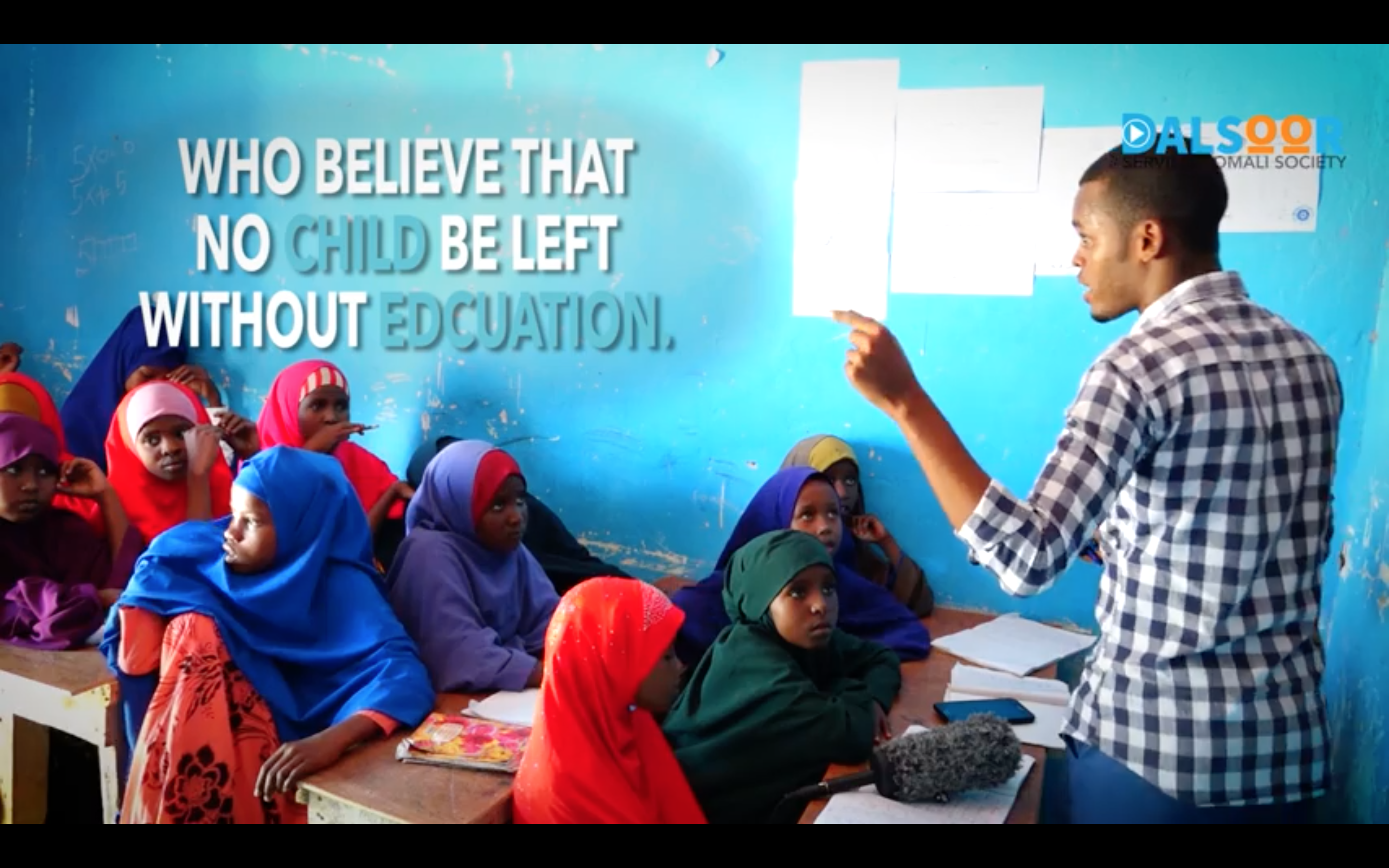
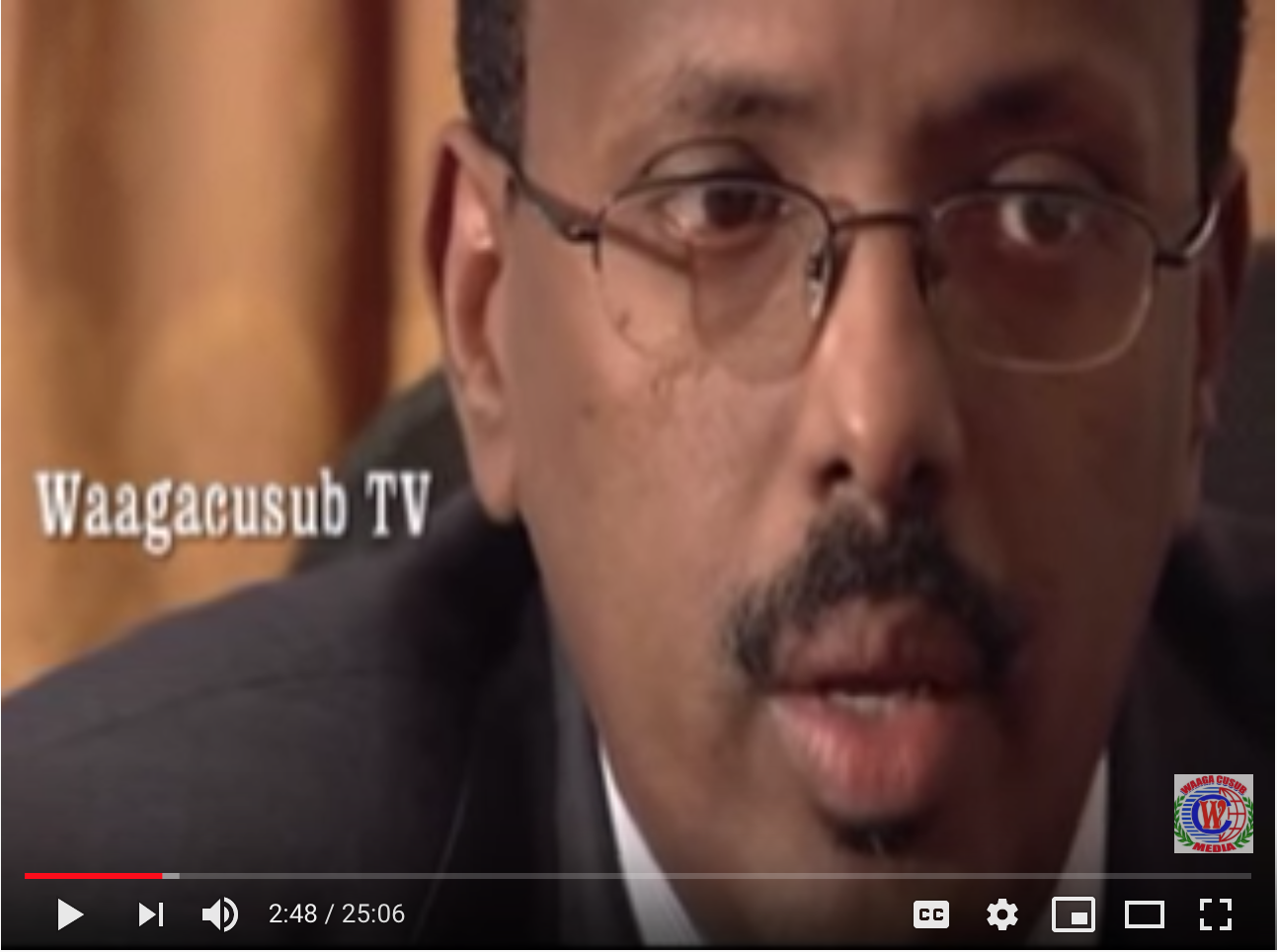

Ethiopia: a proposal for ending violence
An Effective National Strategy to Combat Ethnic Tensions in Ethiopia By Arlene J. Schar and Dr. David Leffler Sunatimes.com -While the ongoing Tigray conflict continues to be fueled by high ethnic tensions, there is available an ideal method to ca